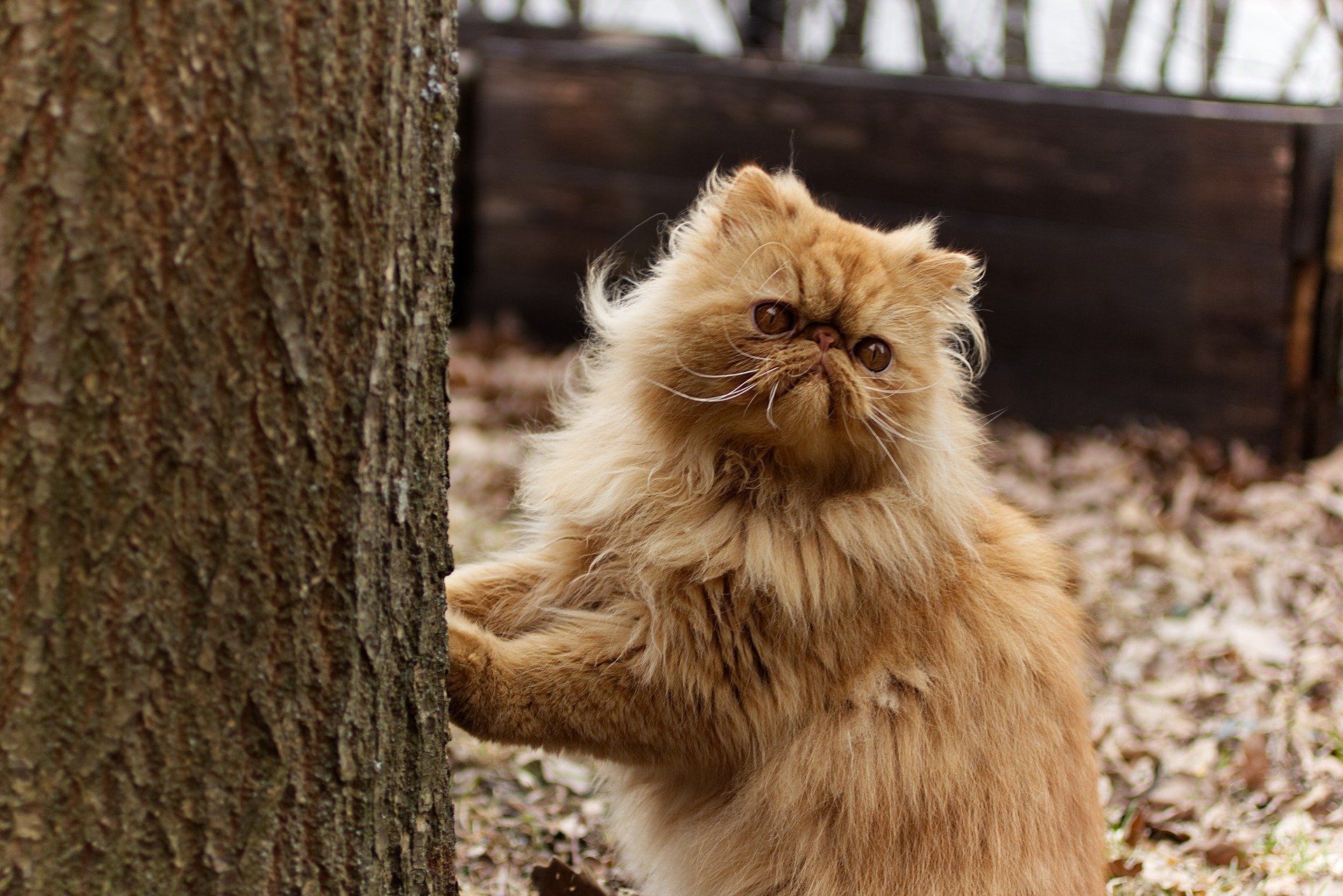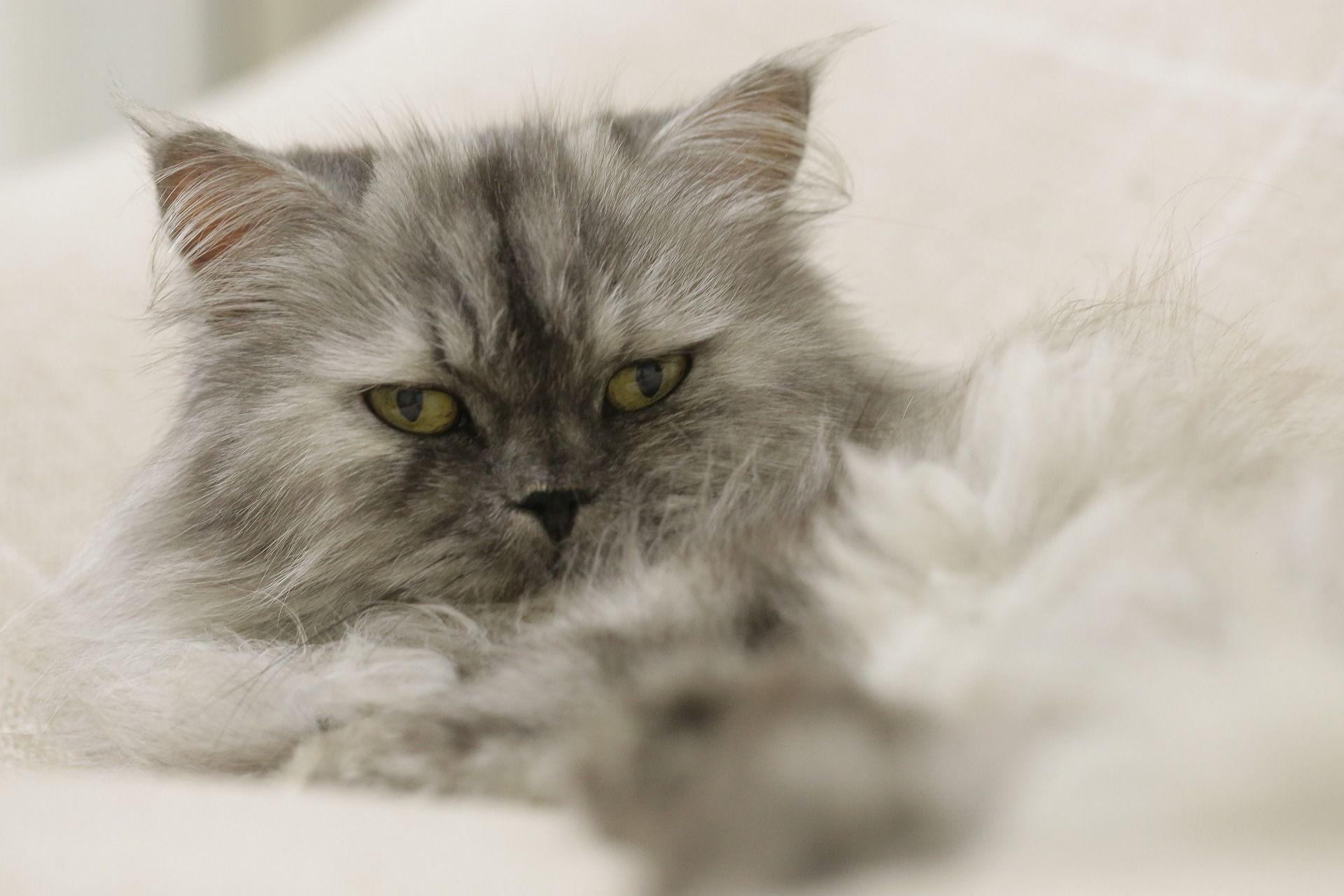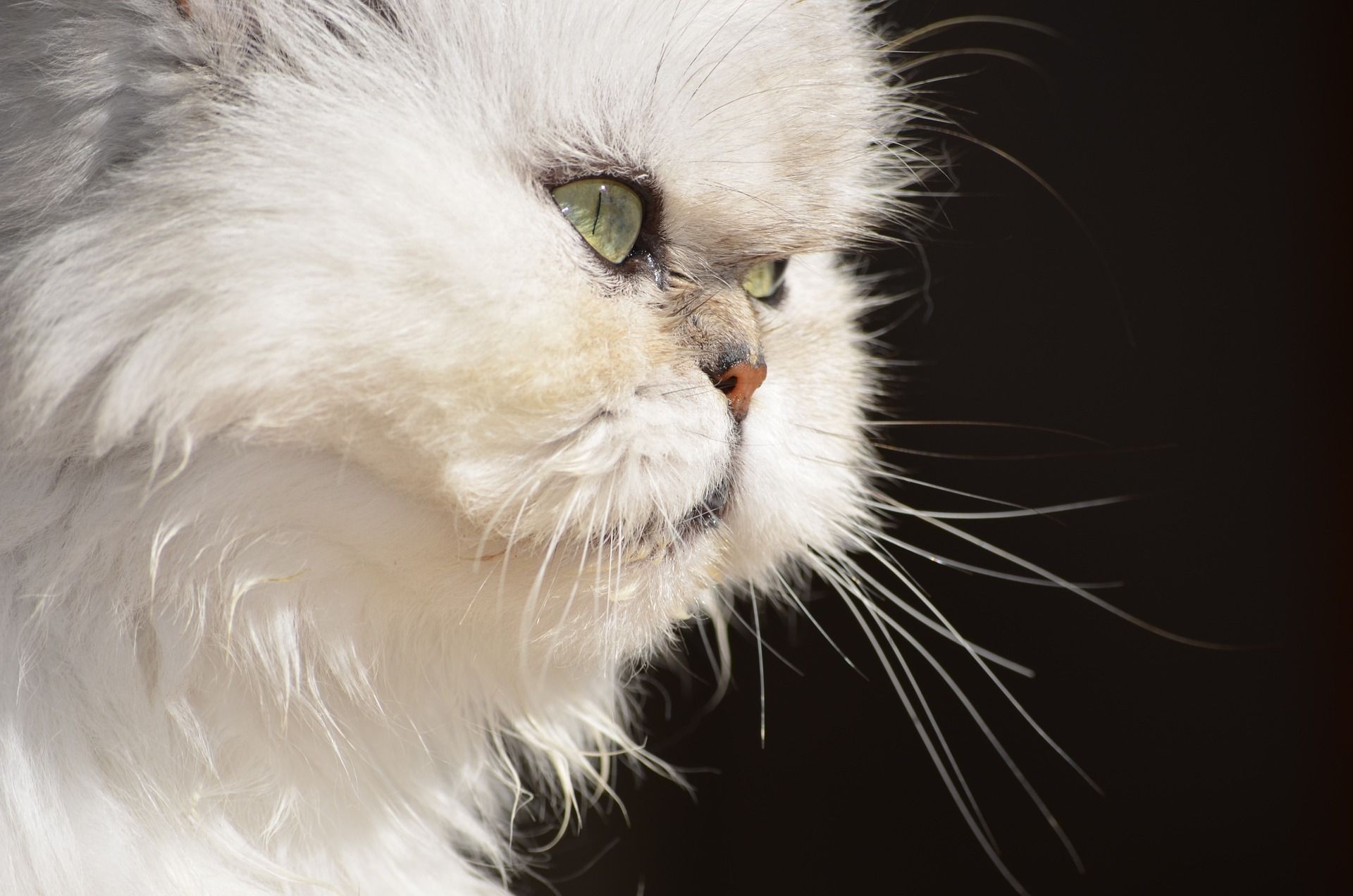Do Persian Cats Shed a Lot?

Table of Contents
-
The Persian coat, shedding and grooming needs of Persian cats
-
How do I stop my Persian cat from shedding? How to stop Persian cat hair fall
The Persian coat, shedding and grooming needs of Persian cats
Coat
Persians are probably the most glamorous of all pedigree varieties.
Longhaired Persians cats are one of the oldest known breeds of pedigree cats. They have long, luxuriant coats, brush-like tails and a distinctive ruff around their neck giving them a glamarous look and instant appeal.
For black Persian cats (longhaired or shorthaired), the full coat colour takes time to develop causing slight variations up to about six months of age. The blue Persian was Queen Victoria’s favorite breed of cat. It was certainly one of the earliest and even today it is often thought to be the original color of Persian cats. This makes it one of the most popular variations.
The red Persian cat, one of the older colors, is considered one of the most difficult to breed successfully. Even though cream colored Persians are now appreciated, they used to be considered pale examples of a red.
Shedding
Many longhaired cats shed their coats heavily, especially in the warmer season, when they can have a much sleeker appearance. Frequent grooming is often needed to keep loose hairs to a minimum and to prevent the thick undercoat from matting.
Longhaired Persians shed the most during molting season—when a cat is shedding a thick undercoat in warmer weather.
Be ready for heavy shedding when the coat changes.
Grooming: Why are Persian cats are considered high maintenance?
High grooming requirements are typical for Persian cats.
Persian cats are beautiful but they need a lot of grooming to keep their coats in pristine condition. This takes time and any would-be owner of a Persian cat must be prepared to devote at least fifteen minutes to daily grooming. Once to twice daily grooming is recommended to prevent matting.
Even the most fastidious longhaired cats simply cannot keep their coats in good order by their own self-grooming efforts. Owners must be prepared to lend a hand in daily grooming.
In longhaired Persians, the undercoat can be massively thick. This not only collects debris from around the home and garden but tends to form tangles that no amount of licking can remove.
Neglected tangles can tangles can easily turn into impenetrable mats, especially in areas of the body where there is friction, such as the armpits. In extreme cases there will be no option but to cut the matted hair away—a task that needs professional skill.
If you own a longhaired Persian, a daily grooming session is necessary.
Regular baths are also used to help maintain the coat in excellent condition. Daily removal of tears to prevent staining and dermatitis in medical canthus area and facial folds may also be required.
How do I stop my Persian cat from shedding? How to stop Persian cat hair fall
While you cannot completely stop a cat from shedding, here are a few things you can do to reduce the shedding.
#1 — Proper diet
The first big one is diet and looking after how you are feeding your cat. If your cat is shedding too much, you need to consider making specific changes.
The important thing here is to make sure you are feeding your cat a high quality digestible animal protein. Cats are carnivores; they can’t get all their protein needs from plant-based foods.
If you’ve got a cat that’s losing a lot of hair, the first place to look is diet—what is nutritionally deficient.
Meat is the natural diet for cats. A feline digestive system is not designed to process large amounts of vegetable matter, although it is usual for cats to chew a little grass now and then.
You cannot turn your cat to a vegetarian diet without putting their health, not just their coats, at risk.
#2 — Proper hydration
If your cat is dehydrated it’s going to have dried skin which means it going to be loosing more hair as a result. If you want to reduce the amount of shedding, make sure your cat is adequately hydrated.
Your cat needs constant access to water, both indoors and outdoors, especially if they eat mostly dry food.
Keep water bowls well apart from food bowls to avoid contamination from scattered food. Change the water frequently, and remember to check that water bowls left in the garden are not full of debris.
#3 — Proper grooming tools
As a bare minimum for a Persian cat, you need:
- A basic wide-toothed comb
- A slicker brush with wire pins
- A pair of sharp clippers
A slicker good-quality brush with wire pins is an excellent tool for removing loose hairs, especially when the cat is molting. It is invaluable for sweeping up loosened hairs and debris from the coat.
A basic wide-toothed comb or a bristle brush is excellent for removing tangles.
Grooming your cat with these two once or twice a day pretty regularly will go such a long way in decreasing the amount of hair that is scattered around your house.
A pair of sharp clippers will also be needed to remove the claw tips.
When buying grooming tools, you need to buy tools intended specifically for cats, and to keep a separate set for each cat in the family.

